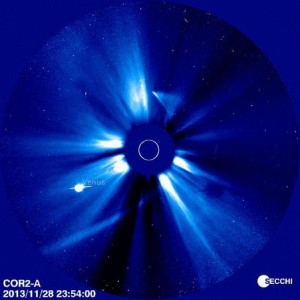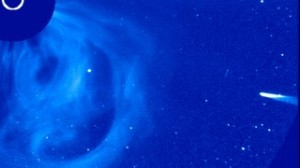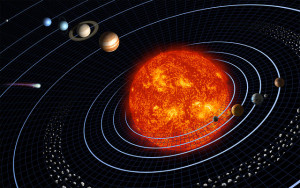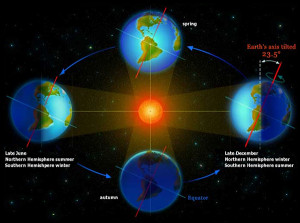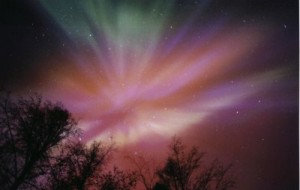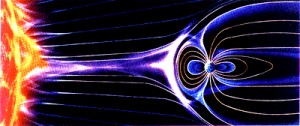Home » All Blogs » The Earth in Space
Laura Nielsen for Frontier Scientists – Last Thursday, while many gathered with loved ones for Thanksgiving, a frozen ball of ice and rock was hurtling towards the Sun reaching speeds of 225 miles/second [360 kilometers/second]. A fleet of solar-observing spacecraft had their instruments aligned, and experts were on hand to watch what unfolded. We wondered […]
Laura Nielsen for Frontier Scientists – Our patch of universe has a visitor from afar. Comet C/2012 S1 (ISON), or Comet ISON, has astronomers across the world training telescopes and eager eyes on outer space. Don Yeomans, manager of NASA’s Near-Earth Object Program Office, watches for objects whose orbits come close to Earth. He says ISON […]
Laura Nielsen for Frontier Scientists – Cyclical changes in the way the Earth circumnavigates the Sun can influence Earth’s climate. Last week, we looked at Milankovitch’s assessments of orbital dynamics, including: orbital eccentricity, Earth’s tilt or obliquity, and the precession or change in orientation of the Earth’s axis of rotation which determines what direction each […]
In the 1930s, Serbian mathematician Milutin Milankovitch theorized that slow changes in the way the Earth moves through space about the Sun could have influenced our planet’s climate past. The Earth has experienced a string of ice ages in the past, interrupted by shorter, warmer, interglacial periods. How –and how much– have the Earths’ orbital […]
Ned Rozell for UAFGI – Near a small village in Russia, Marina Ivanova stepped into cross-country skis and kicked toward a hole in the snow. The meteorite specialist with the Smithsonian Museum of Natural History and Vernadsky Institute in Moscow was hunting for fragments of the great Chelyabinsk Meteorite that exploded three days earlier. This […]
Ned Rozell for UAFGI – Sometimes, after idling in the sky for hours as a greenish glow, the aurora catches fire, erupting toward the magnetic north pole in magnificent chaos that can last for three hours. “Substorms,” as space physicists call them, can happen two or three times each night. The man who came up […]
Laura Nielsen for Frontier Scientists – We’re all attached to our cellphones. Did you know that the Sun has the potential to disrupt your service? The Sun, the Earth, and our solar system are all part of an electromagnetic system. Our star emits charged particles, radiation, plasma, and dynamic magnetic fields. As these variable particles […]
